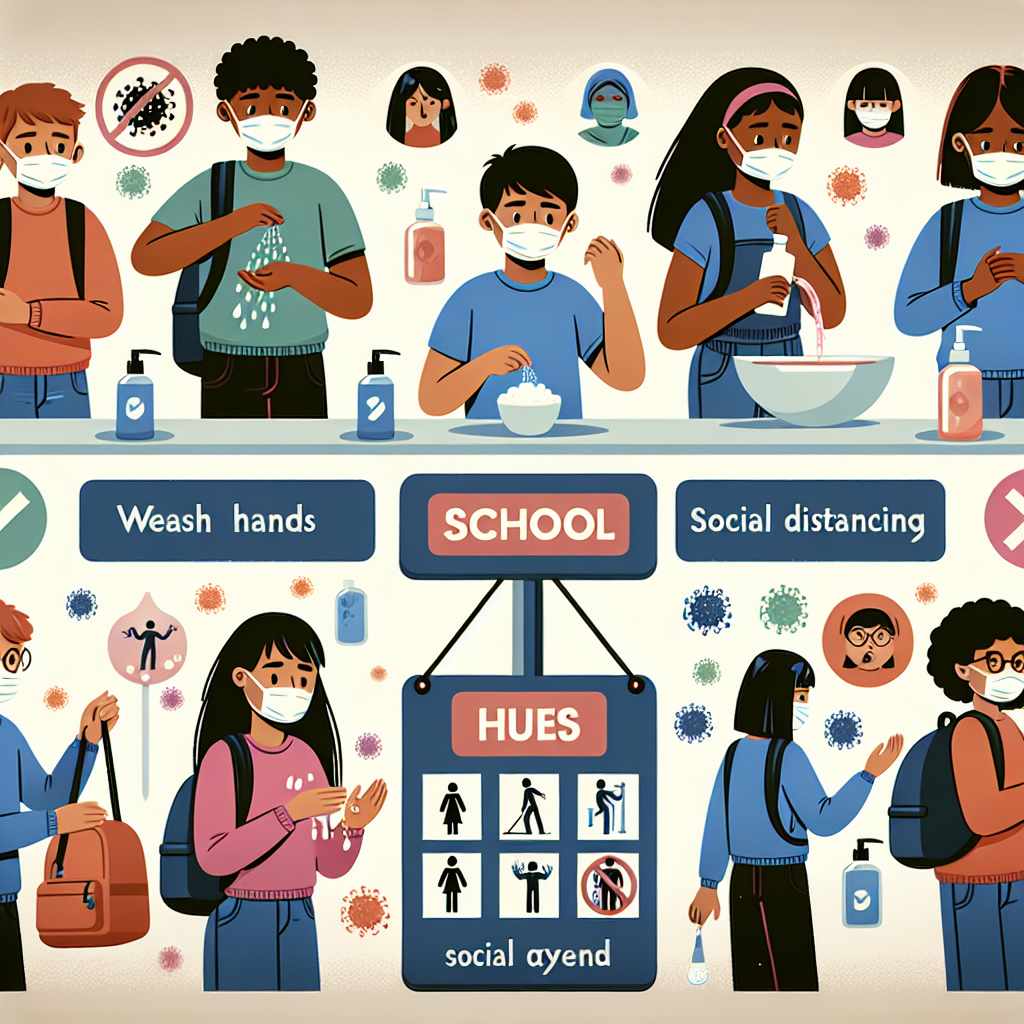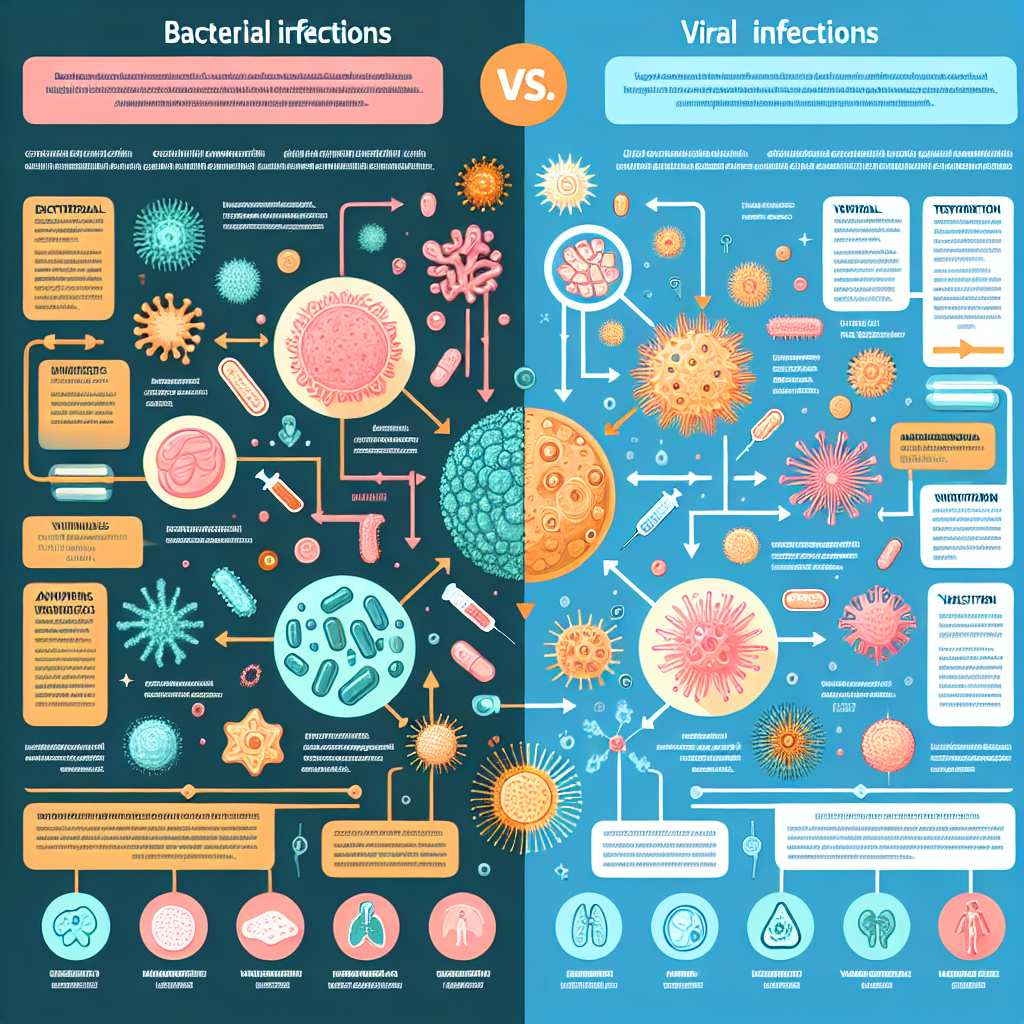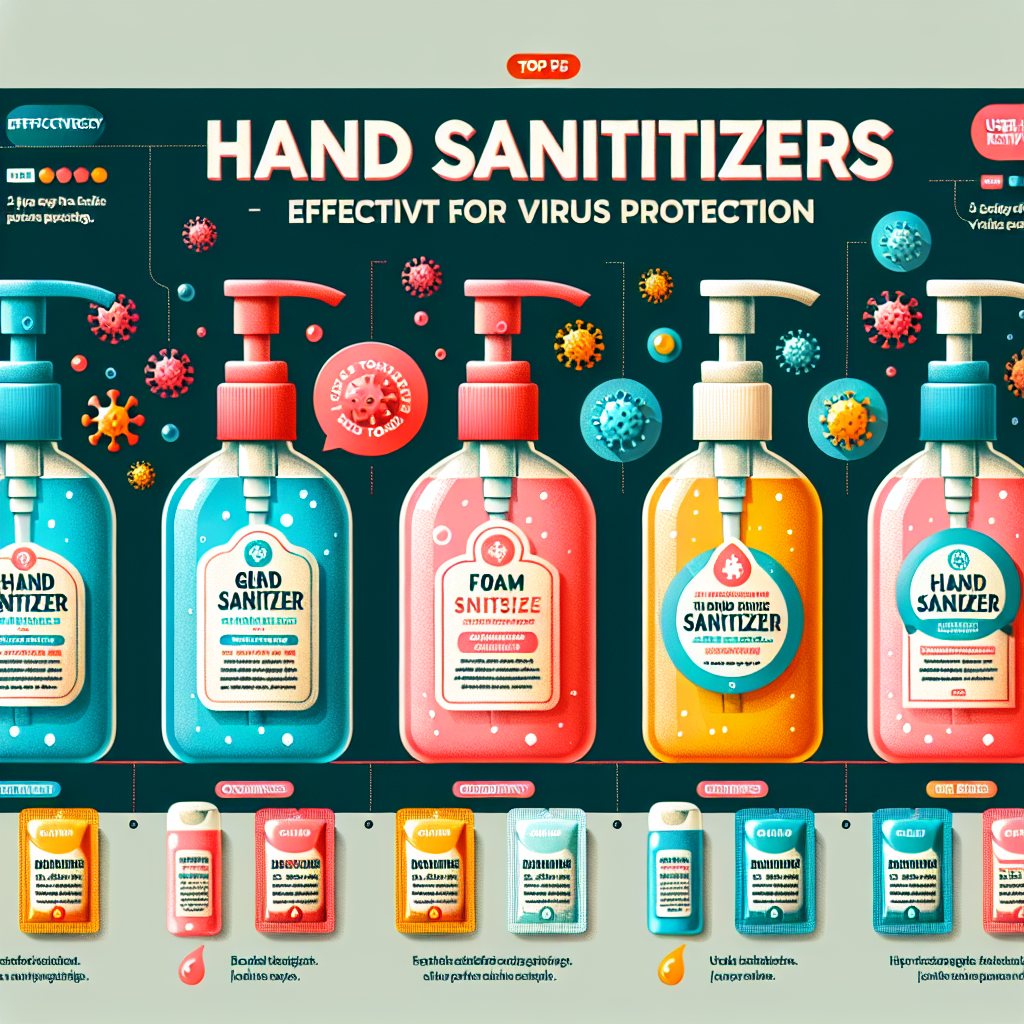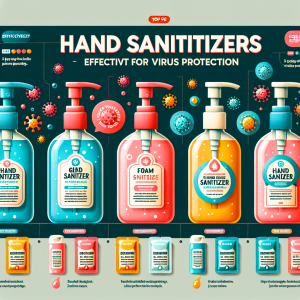How to prevent the spread of infections in schools?
Infections can rapidly spread in school environments, posing significant health risks to students, staff, and their families. With children spending a considerable amount of time in close proximity, it is crucial to implement effective strategies that minimize the transmission of infectious diseases. This article discusses how understanding infection transmission, promoting hygiene practices, advocating for vaccinations, and ensuring a clean school infrastructure can collectively prevent the spread of infections in schools.
Understanding Infection Transmission in School Environments
Infection transmission in school settings occurs primarily through direct and indirect contact. Pathogens can spread when an infected individual touches surfaces or interacts with others, allowing viruses and bacteria to linger on desks, doorknobs, and shared equipment. Understanding these modes of transmission is vital for creating effective prevention strategies. According to the Centers for Disease Control and Prevention (CDC), respiratory droplets are a common way infections like influenza and COVID-19 spread. Schools must educate staff and students about these transmission methods to foster a culture of awareness and prevention.
In addition, asymptomatic carriers can unknowingly spread infections, complicating prevention efforts. Children may not display symptoms but can still transmit illnesses to their peers and teachers. This emphasizes the importance of regular health screenings and vigilance regarding students’ health. Schools should encourage parents to keep children at home when they exhibit symptoms of contagious illnesses, thereby reducing the likelihood of outbreaks. Furthermore, education on recognizing symptoms and understanding the importance of self-isolation can empower students to take responsibility for their health.
Lastly, it is essential to recognize that some settings within schools may facilitate easier transmission of infections, such as cafeterias and restrooms. High-touch surfaces in these areas require special attention to reduce the risk of infection. Implementing policies that limit crowding during lunch times and ensuring adequate ventilation can decrease the chances of airborne transmission. Schools can also create designated sick areas where ill students can be monitored until they can go home, reducing the risk of spreading infections further.
Implementing Effective Hygiene Practices Among Students
Promoting effective hygiene practices among students is one of the most straightforward yet powerful methods to prevent infection spread. Schools should implement mandatory handwashing routines, especially before meals and after using the restroom. Educators can integrate fun and engaging activities that teach proper handwashing techniques, such as singing songs while washing to ensure students spend adequate time cleansing their hands. This not only educates students but also instills lifelong hygiene habits that benefit their overall health.
In addition to hand hygiene, schools should encourage the responsible use of personal items, such as utensils and water bottles. Students should be educated about not sharing personal items, as this can be a common way for infections to spread. Establishing clear policies regarding the sharing of materials can help create an environment where students feel responsible for their well-being and the well-being of their peers. Schools can also provide hand sanitizers in classrooms and common areas to ensure that students can easily access hygiene resources throughout the day.
Educators and school staff play a pivotal role in modeling and reinforcing these hygiene practices. By creating a culture of cleanliness, schools can encourage students to prioritize their health. Regular reminders through announcements or visual aids can serve to reinforce the importance of hygiene. Schools can also involve students in hygiene campaigns where they can create posters or participate in events that promote cleanliness. Engaging students in the process fosters a sense of ownership and accountability for maintaining a healthy school environment.
Promoting Vaccination and Health Education Initiatives
Vaccination is one of the most effective ways to prevent the spread of infections in schools. Schools should implement policies that encourage vaccinations against common infectious diseases, such as influenza, measles, and whooping cough, as well as more recent threats like COVID-19. Education campaigns can inform students and parents about the benefits of vaccines, dispelling myths and misinformation. Providing resources on local vaccination clinics can help facilitate access for families, ensuring that all students are protected.
Health education initiatives should not be limited to vaccinations alone. Schools should incorporate comprehensive health education into their curricula to raise awareness about the importance of personal health practices. This can include lessons on nutrition, exercise, mental health, and hygiene, equipping students with knowledge that extends beyond infectious disease prevention. Collaborating with local health departments or organizations can provide additional resources and expertise, enhancing the quality of health education offered.
Moreover, fostering a supportive environment for discussion about health issues can empower students to share their experiences and concerns. Schools can organize health fairs or workshops, inviting healthcare professionals to speak about various health topics. Encouraging discussions about the importance of regular health check-ups and screenings will further promote a proactive approach to health among students. By emphasizing education and communication about health and vaccination, schools can significantly reduce the risk of infectious disease outbreaks.
Creating a Safe and Clean School Infrastructure for All
Creating a safe and clean school infrastructure is essential in minimizing infection transmission. Regular cleaning and disinfecting of high-touch surfaces, classrooms, and common areas can significantly decrease the presence of pathogens. Schools should establish a routine cleaning schedule that includes frequent disinfection of surfaces such as desks, light switches, and playground equipment. Utilizing environmentally friendly cleaning products can also promote a healthier indoor environment, benefiting both students and staff.
Proper ventilation is another critical component of a clean school infrastructure. Ensuring that classrooms and common areas have adequate airflow can help dilute airborne pathogens, reducing the risk of respiratory infections. Schools can explore the use of air purification systems and ensure that windows are opened when weather permits. Additionally, maintaining clean HVAC systems will improve indoor air quality, further contributing to a healthier learning environment.
Lastly, schools should invest in infrastructure that supports health and safety measures. This may include installing touchless faucets and soap dispensers in restrooms, providing ample handwashing stations, and creating designated isolation rooms for sick students. By prioritizing health-focused infrastructure investments, schools can demonstrate their commitment to the well-being of their students and staff, ultimately fostering a culture of health and safety.
Preventing the spread of infections in schools requires a comprehensive approach that encompasses education, hygiene practices, vaccination advocacy, and infrastructure improvements. By fostering a culture of health awareness, schools can empower students and staff to take proactive steps in safeguarding their well-being. Collaboration between schools, parents, healthcare providers, and the community is essential to create a safe and healthy educational environment where learning can thrive without the threat of infectious diseases. For additional resources, visit the CDC’s School Health page, World Health Organization’s guidelines, and National Association of School Nurses.
Top hand sanitizers for virus protectionSeasonal flu vaccine effectivenessLatest research on virus transmissionRelevant LinkRelevant LinkRelevant Link













